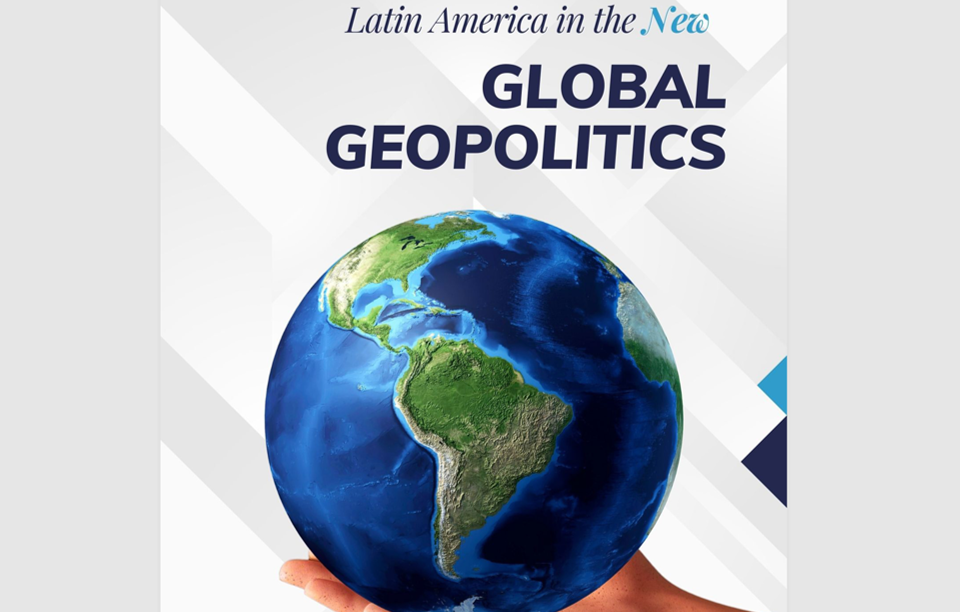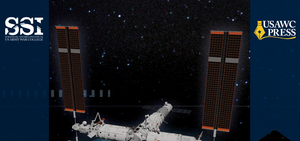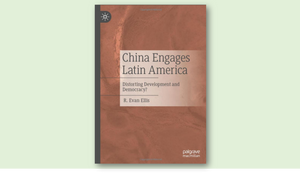
Trends and Strategic Impacts of PRC Engagement in Latin America
“Trends and Strategic Impacts of PRC Engagement in Latin America,” in Latin America in the new Global Geopolitics, 2nd Edition, Paul Eduardo Vera Delzo, Ed. (Lima, Peru: Center for Strategic Studies of the Peruvian Army, June 2025), pp. 36-61.
Summary
This work examines the key characteristics and patterns in Chinese engagement with
Latin America and the Caribbean, as it has evolved in the Post-COVID-19 era. While
the principal focus continues to be commercial, PRC-based companies have shifted away from large acquisitions in commodity sectors and large loan-backed projects in traditional infrastructure sectors, to smaller, more commercially viable projects with a focus on the new renewable energy economy and digital technology sectors. It is also actively pursuing cooperation in the space and security sectors. The People’s Republic of China (PRC) engages with the region at the supernational, national, and subnational level, including the use of “people-to-people” diplomacy to weave networks of influence. In the post-pandemic era, it has renewed its diplomatic push, in conjunction with new Global Development, Security, and “Civilization” initiatives, and an expansion of its engagement in politically receptive countries closer to the United States (U.S.), including government, security, media, infrastructure and other cooperation that gives its engagement a more strategic character. This work finds that the economic benefits of engagement with the PRC on the region are frequently less, and the adverse consequences higher than expected. That engagement is indirectly undermining democracy and receptivity of the region to work with the U.S., while creating options for the PRC to act against the U.S. and its partners in the region during a possible future conflict with the West in the Indopacific.



